Beanie vs. Stocking Cap: What You Need to Know About Beanie and Stocking Cap
Beanies and stocking caps are two popular headwear options for cold weather. Both are designed to keep the head and ears warm but differ in several ways. A beanie is a close-fitting cap that usually covers the head’s top and back, exposing the ears. On the other hand, a stocking cap is meant to cover the entire head, including the ears.
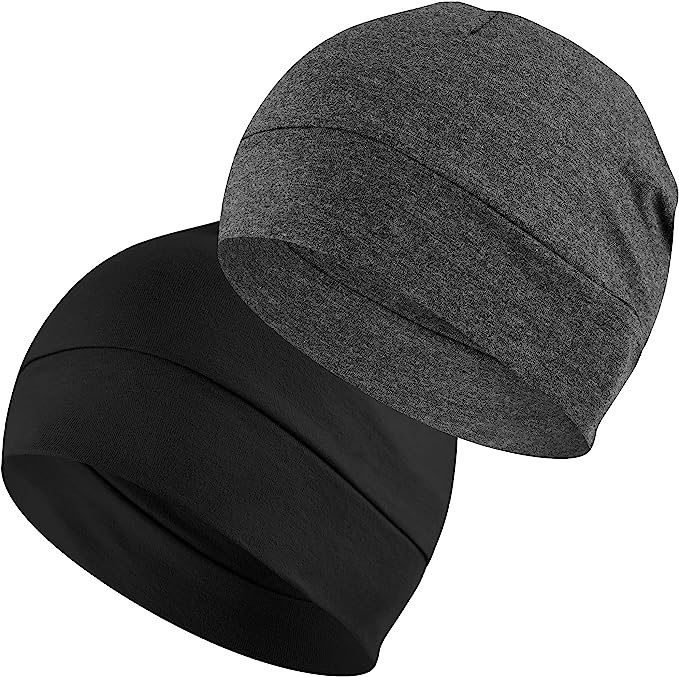

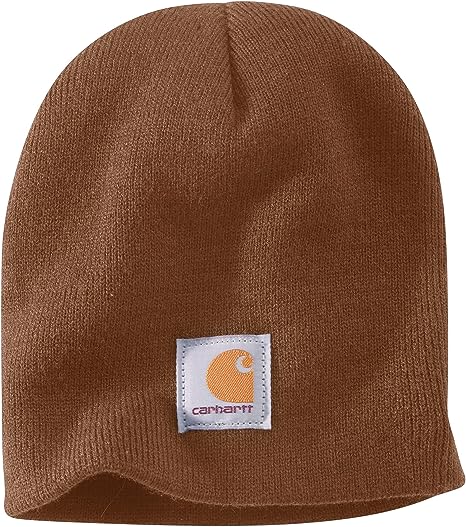

While both beanies and stocking caps are made for the winter season, they have different shapes and designs. Beanies are oval-shaped and designed to fit perfectly on the back of the head. They are made of various materials, including wool, cotton, and silk. Stocking caps, on the other hand, are conical-shaped and longer than beanies, with a cuff that can be folded up or down. They are usually made of wool or acrylic and are available in different colors and patterns.
History of Beanie and Stocking Cap
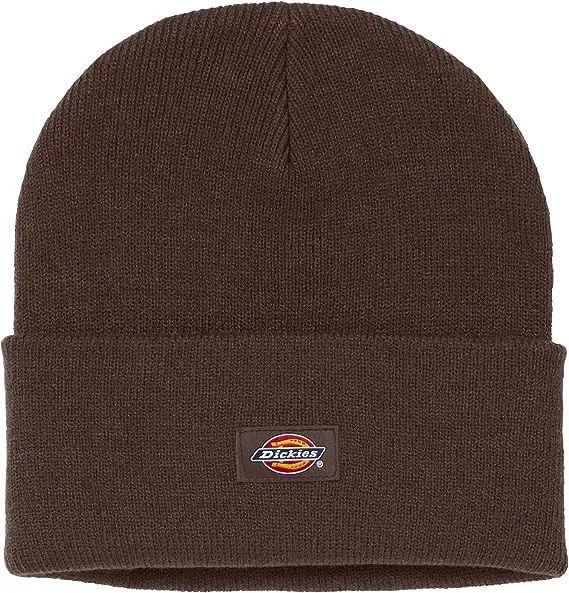

Beanies and stocking caps have been around for centuries and have evolved. The origins of the beanie can be traced back to 12th century Wales, where it was known as The Monmouth Cap, was made of wool and worn by peasants and soldiers alike, and was a simple design wrapped around the head and tied at the top. According to Andsons, the beanie was also worn by sailors in the Royal Navy, who called it a “watch cap.”
Stocking caps, on the other hand, have a long history. Knights in the Middle Ages wore them as part of their armor. The cap was made of chainmail and was worn under the helmet to provide extra protection. Over time, the stocking cap evolved and became a popular head covering for men and women in the 19th century.
In the early 20th century, the beanie and stocking cap became popular among athletes and outdoors people. Skiers and snowboarders wore them to keep warm while on the slopes, and fishermen wore them to protect their ears from the cold wind. The beanie and stocking cap also became popular among soldiers during World War II, who wore them under their helmets to keep warm.
Today, the beanie and stocking cap are popular head coverings for people of all ages. They come in various styles and materials, from wool and cotton to synthetic blends. The beanie is often worn as a fashion accessory, while the stocking cap is still popular among athletes and outdoors people. Both caps have unique styles and fits, making them versatile accessories for any wardrobe.
Design and Construction
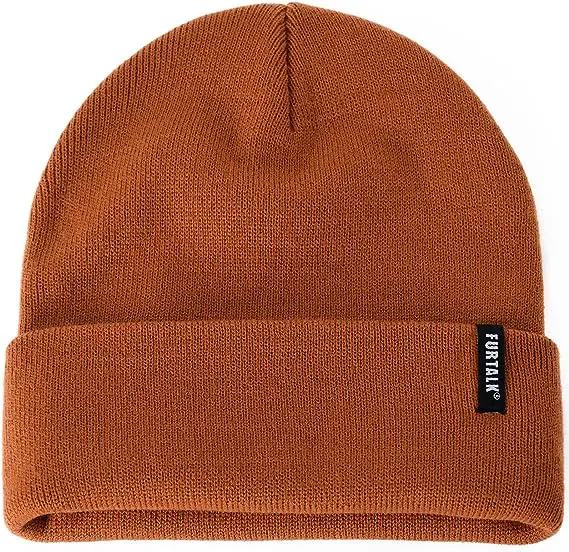

Materials
Beanies and stocking caps are typically made from similar materials, such as wool, acrylic, or a blend of both. However, some beanies may also be made from cotton or fleece. The choice of material can affect the hat’s warmth, breathability, and durability.
Wool is popular for winter hats as it is naturally insulating and can wick away moisture. Acrylic is a synthetic material often used as a cheaper alternative to wool, and it is lightweight, easy to care for, and has various colors and patterns.
Shape
The shape of the beanie is typically oval-shaped and designed to fit snugly on the back of the head. It usually has a folded cuff at the bottom that can be rolled up or down depending on the wearer’s preference. On the other hand, a stocking cap is conical-shaped and longer than a beanie. It is designed to cover the entire head, including the ears, and may have a pom-pom or decorative tassel.
Size
Beanies and stocking caps come in various sizes to accommodate different head shapes and sizes. A beanie is usually one size fits all and can stretch to fit most head sizes comfortably. On the other hand, a stocking cap may come in different sizes to ensure a snug fit. Choosing the right size hat is important to ensure maximum warmth and comfort.
In terms of construction, beanies and stocking caps are typically knitted or crocheted. Interlocking loops make knitted hats of yarn with knitting needles, while crocheted hats are made with a single crochet hook. Some hats may also be made using a combination of both techniques. The construction method can affect the hat’s look, feel, and durability.
Functionality and Purpose
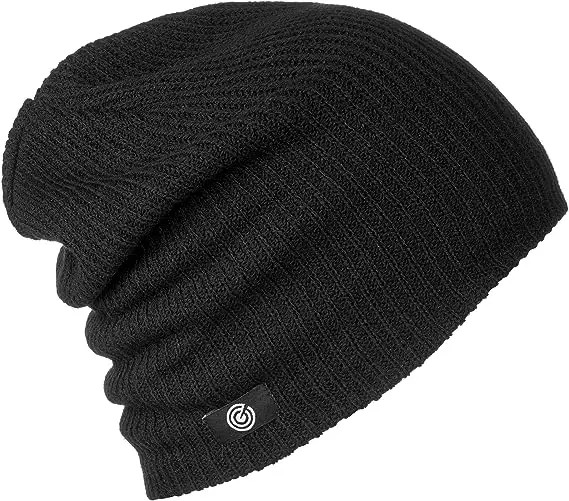

Warmth
Both beanies and stocking caps are designed to keep the head warm during cold weather. Beanies are usually made of wool or cotton and are knitted tightly to provide insulation. However, based on experience, stocking caps are longer and cover more of the head, including the ears, making them more suitable for extremely cold temperatures.
Style
Beanies and stocking caps have different styles. Beanies are usually shorter and fit snugly on the head, exposing the ears; they are often worn by younger people and are associated with a more casual look. Stocking caps, however, are longer and can be pulled down to cover the ears; older people often wear them, and are associated with a more formal look.
Occasion
The occasion also plays a role in choosing between a beanie and a stocking cap. Beanies are more suitable for casual occasions, such as outdoor activities like skiing or snowboarding. Stocking caps are more suitable for formal occasions like business meetings or weddings.
Beanies Pros and Cons
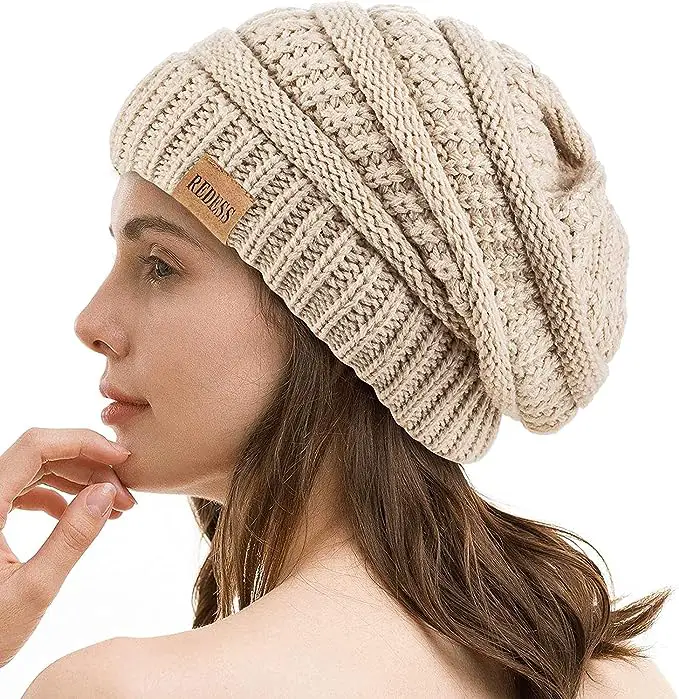

Pros
Beanies are a popular choice for many people during the winter months. They offer several advantages over other types of headwear, such as:
- Warmth: Beanies are made from warm materials like wool or fleece that keep the head and ears warm in cold weather.
- Comfort: Beanies are soft and comfortable, making them popular for outdoor activities like skiing or snowboarding.
- Style: Beanies come in various colors and styles, making them a fashionable accessory for any outfit.
Cons
Despite their popularity, beanies also have some disadvantages, including:
- Limited coverage: Beanies only cover the head’s top and back, exposing the ears to the cold.
- Tight fit: Some people find beanies too tight, which can cause discomfort or headaches.
- Hat hair: Beanies can cause hair to become flattened or staticky, which can be a problem for some people.
Stocking Cap Pros and Cons
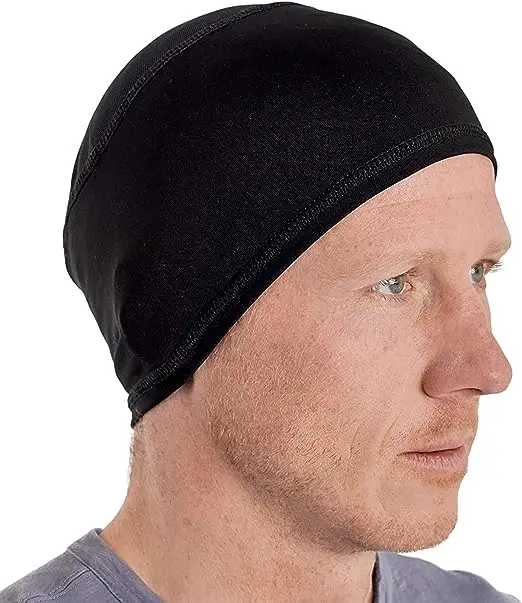

Pros
Stocking caps, also known as skullcaps or watch caps, offer some advantages over beanies, such as:
- Full coverage: Stocking caps cover the entire head, including the ears, providing better protection against the cold.
- Loose fit: Stocking caps are often more comfortable than beanies because they have a looser fit.
- Versatility: Stocking caps can be worn in various settings, from outdoor activities to casual wear.
Cons
Despite their advantages, stocking caps also have some disadvantages, including:
- Limited style options: Stocking caps are often plain and need more variety of colors and styles than beanies offer.
- Slouchy fit: Some people find the slouchy fit of stocking caps unflattering or uncomfortable.
- Durability: Beanies may be more durable than stocking caps because they are often made from thinner materials.
